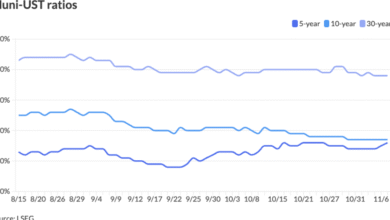Indian Bond Yields Hold Steady As Markets Eye Fed Decision

What’s going on here?
Indian government bond yields closed at their highest in a month on Monday, with the 10-year note ending at 6.5464%, as markets look to the US Federal Reserve’s next move and buzz over an India–US trade deal.
What does this mean?
India’s bond market is keeping a close watch on signals from the US Federal Reserve, knowing that any shift in its interest rate stance could quickly influence yields worldwide. Although state governments have planned sizeable borrowings, this week’s 178 billion rupee bond sale is far lower than initial expectations and unlikely to sway broader market sentiment. Meanwhile, hopes for progress on an India–US trade deal—potentially easing steep tariffs on Indian exports—are stirring optimism for growth. Still, with GDP forecasts topping 6.7% for this fiscal year, analysts think improved trade relations could dial down the need for rate cuts. Against this backdrop, the Reserve Bank of India is pumping liquidity into the system, while swap rates have edged up as traders position ahead of both policy and trade decisions.
Why should I care?
For markets: Stable yields drive a wait-and-see approach.
As 10-year Indian bond yields hover between 6.53% and 6.56%, investors are treading carefully, tracking cues from the Fed and global commodity trends. Steady oil prices and mixed US Treasury yields help shape capital flows in and out of India, influencing funding costs for businesses and returns for bondholders. Any surprise from the Fed could flip the script, shifting demand and pricing for Indian debt.
The bigger picture: Trade breakthroughs may shape policy ahead.
An India–US trade deal could do more than just shrink tariffs—it might boost economic momentum and influence the direction of future monetary policy. With the rupee holding near 87.90 to the dollar and GDP estimates coming in strong, positive trade developments could help keep inflation under wraps and lessen the pressure for rate cuts, changing how businesses and policymakers plan for the months ahead.






